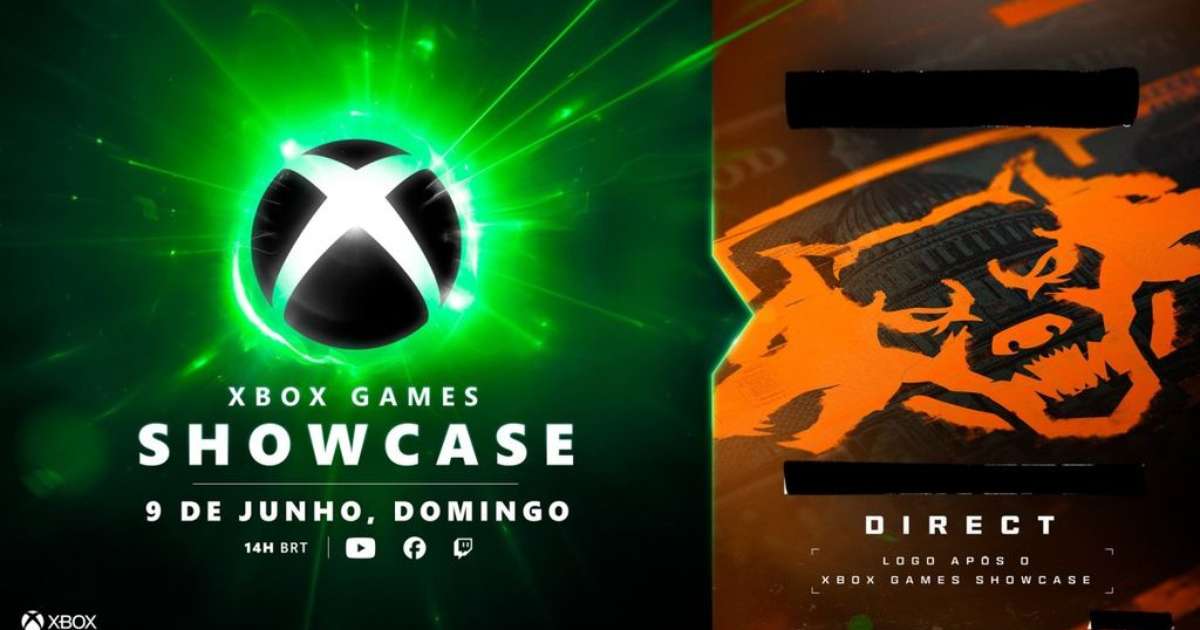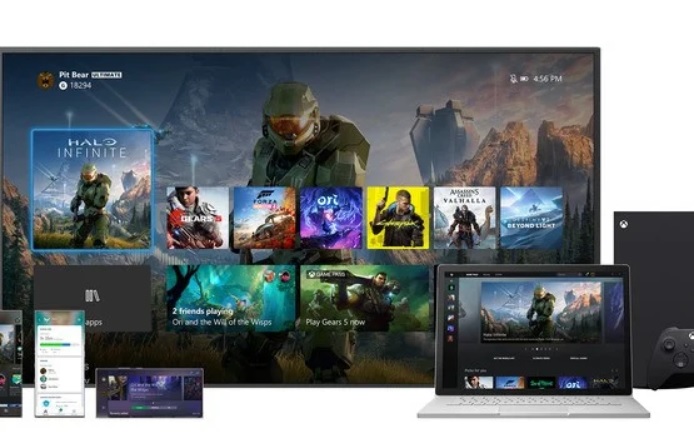
A team of engineers at Aalto University in Finland has made a breakthrough in the field of wireless charging. The team optimized the interaction between the antennas that transmit and receive energy, taking advantage of the “radiation suppression” phenomenon. The result is an improved theoretical understanding of wireless power transmission compared to the traditional inductive approach.
Read more:
Wireless charging usually works efficiently over short distances, as does inductive chargers. However, at greater distances, the efficiency drops dramatically. that it New searchpublished in Physical Review Applied, shows that it is possible to maintain high efficiency over long distances by suppressing the radiation resistance of the loop antennas that transmit and receive energy.
In the past, the same lab has developed a multi-directional wireless charging system that allows devices to be charged in any direction. They have now taken this approach even further with a new dynamic theory of wireless charging that looks at both close (non-radiative) and long (radiative) distances and conditions. They show that high transmission efficiencies, in excess of 80%, can be achieved at distances nearly five times the size of the antenna, using the optimal frequency in the hundreds of megahertz range.
“We wanted to effectively balance the energy transfer and radiation loss that always occurs over greater distances,” said Nam Ha-van, lead author of the study and a postdoctoral researcher at Aalto University. “We found that when the currents in the loop antennas have equal amplitudes and opposite phases, we can cancel out radiation losses, thus increasing efficiency.”
Antennas can transmit energy over long distances
The team devised a method for analyzing any wireless power transmission system, both mathematically and experimentally. This enables a more complete assessment of the efficiency of power transmission, both at close and long distances, something that was unheard of until then. They tested loading between two loop antennas placed a great distance for their sizes, proving that radiation suppression is the mechanism that helps increase transmission efficiency.
“We’re trying to figure out the optimal setup for transmitting power wirelessly, whether it’s near or far,” says Ha-Van. “With our approach, we can now extend transmission distance beyond traditional wireless charging systems while maintaining high efficiency.” Wireless power transmission isn’t just important for phones and gadgets; Biomedical implants with limited battery capacity may also benefit. The research by Ha-Van and colleagues also takes into account barriers such as human tissue that may hinder loading.
Have you seen our new videos on Youtube? Subscribe to our channel!

“Web geek. Wannabe thinker. Reader. Freelance travel evangelist. Pop culture aficionado. Certified music scholar.”





:strip_icc()/i.s3.glbimg.com/v1/AUTH_08fbf48bc0524877943fe86e43087e7a/internal_photos/bs/2024/B/L/4uR7anSnGB5LnbqxG5ng/aplicativo-gemini.png)
